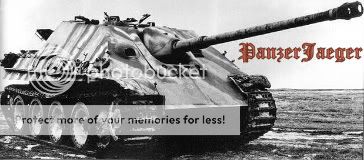I think that with Nicea it suffices to say this: that the Council was not directly concerned with which books could be considered canonical, but that they agreed doctrines which would later influence which books were accepted or rejected. However, it is necessary that the Church Fathers at Nicea had certain books in mind during their deliberations.
The first part of that is snappier, sorry.
On non-Canonical books: The "Canon" is actually composed of those books which are considered to have reliable authorial attributions, but we must not surpose that because of this all "non-Canonical" books were considered to be wholly without authority.
Now, I shall just quote myself:
The Gospel of Nicodemus is an expanded apocryphal account of Christ’s trial before Pilate and what became known as the Descensus Christi ad Inferos or “Christ’s Descent into Hell”, on Easter Saturday when he storms hell to rescue the Patriarchs and Prophets and takes them up to Heaven.
The Gospel was one of most popular pieces of New Testament Apocrypha in medieval Europe, as demonstrated by its translation into every major vernacular and the variety ways it was adapted or borrowed from for popular consumption. The Gospel’s subject matter and its attribution to the Pharisee Nichodemus of John’s Gospel go a long way to explaining its popularity.
From "Unremarked Heterodoxy in the Gospel of Nicodemus", (unpublished) delivered at the University of Exeter, 1st May 2012, by Philip John Wallinder BA MA.
Oh, yes, the copyright is held by the university.
It is also worth noting that while Enoch is not part of the Jewish canon he is quoted repeatedly in the New Testement.





 Reply With Quote
Reply With Quote

 and it wouldn't have entered my mind to look there.
and it wouldn't have entered my mind to look there. 















Bookmarks